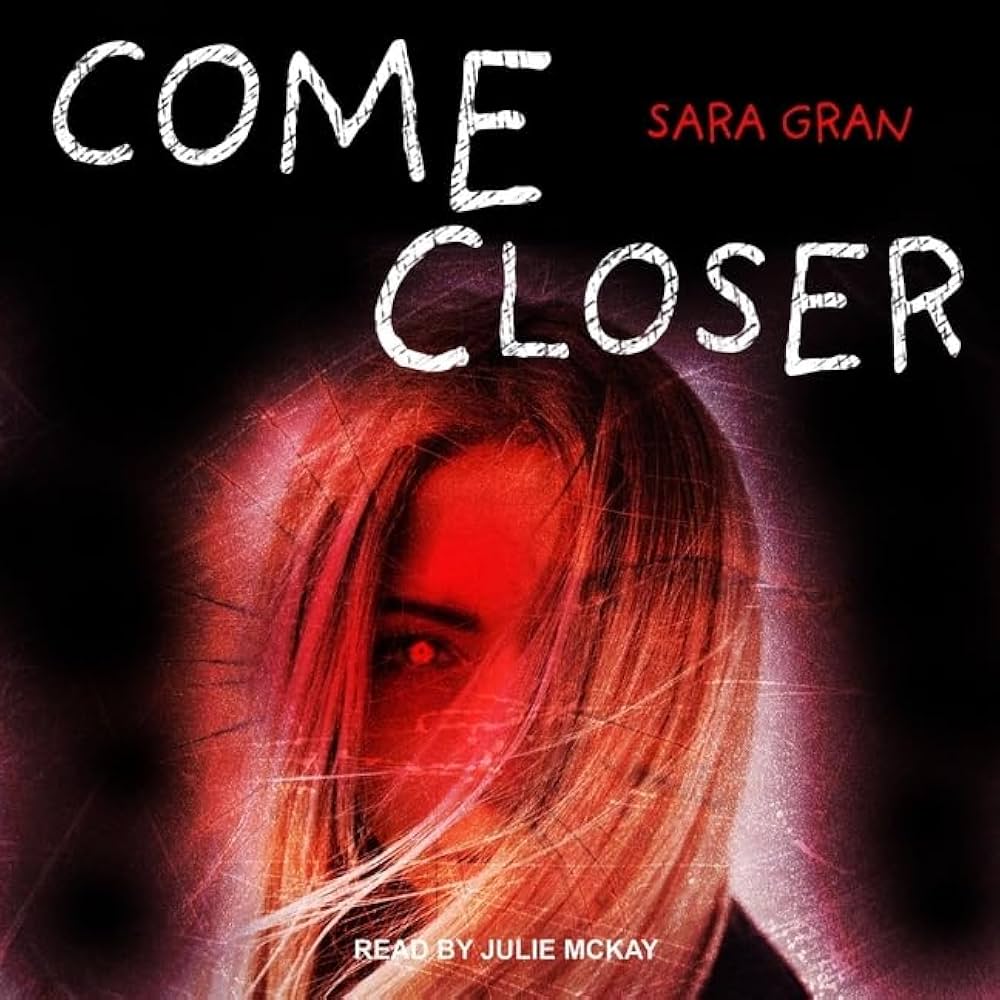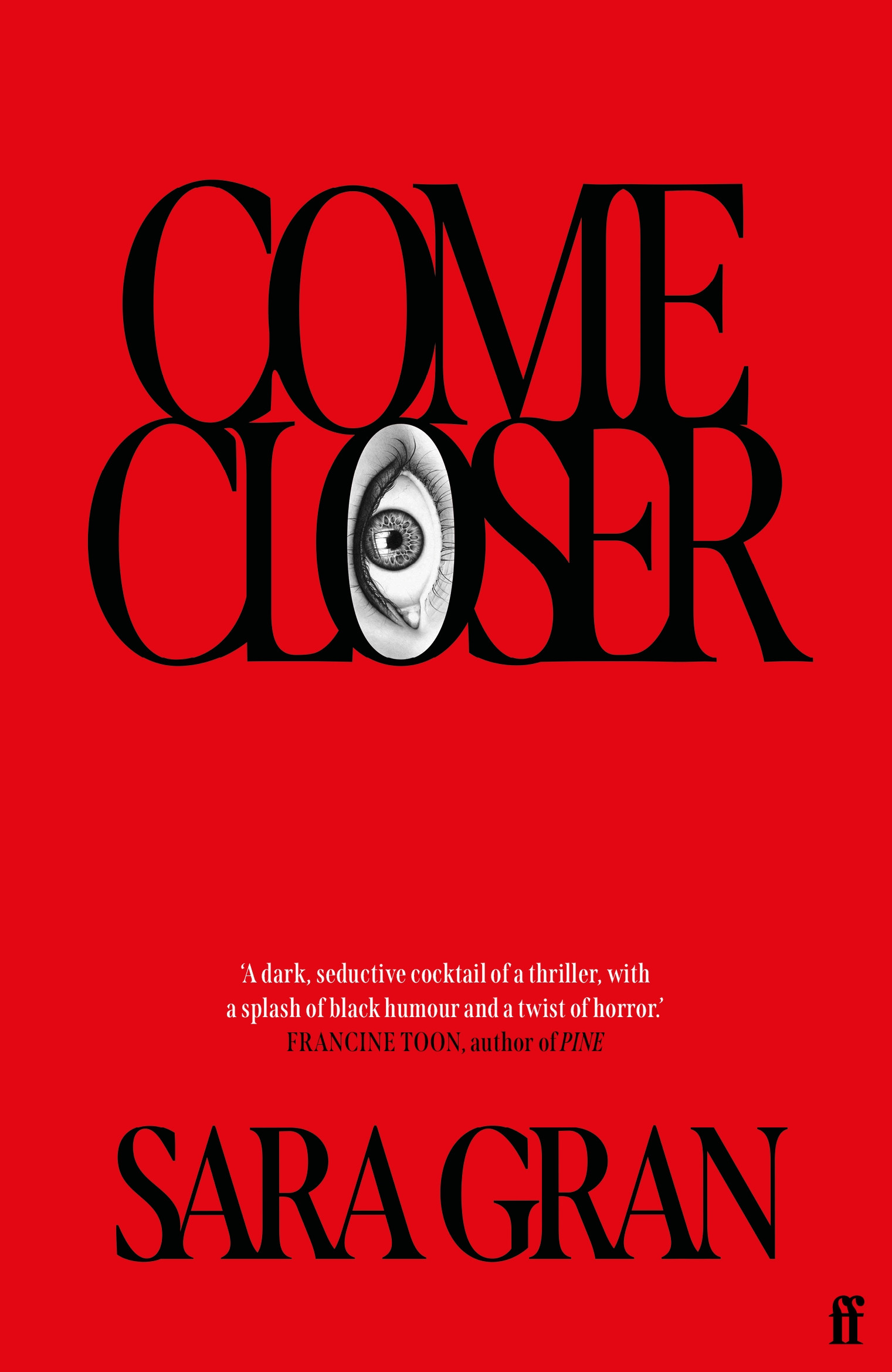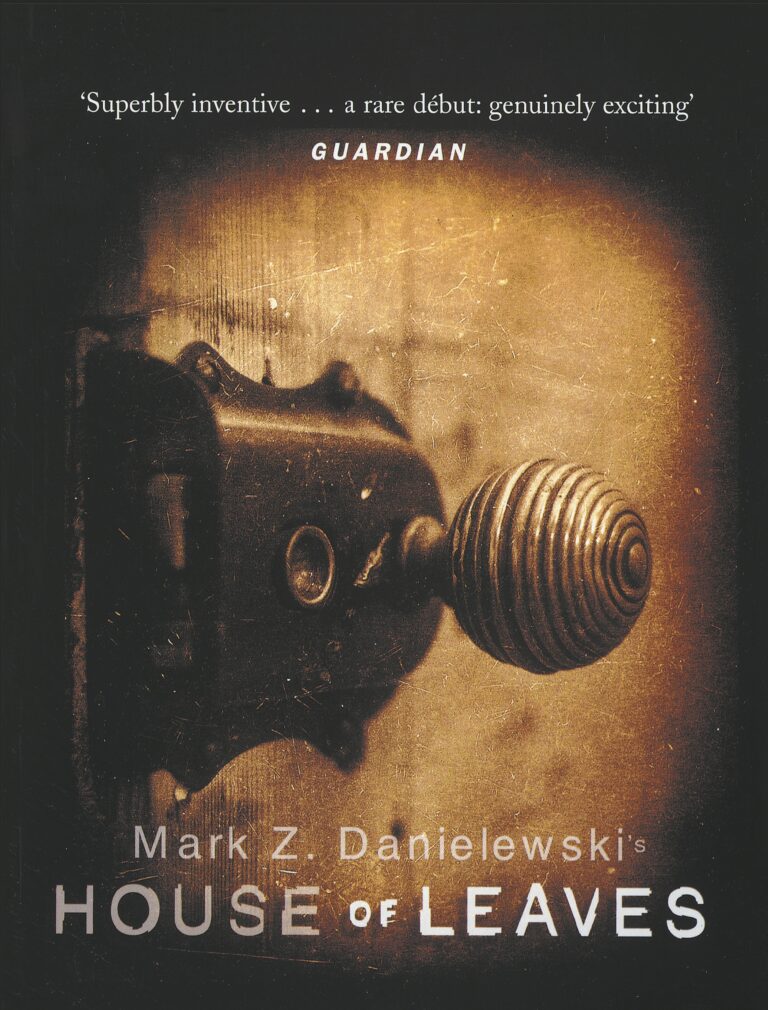
There’s a part in Sara Gran’s Come Closer where Amanda, our protagonist, quietly asks herself if she’s a bad person. Not because she killed someone. Not because she’s drenched in blood. But because she thinks she might like hurting people.
It’s quiet. It’s casual. But it punches you right in the gut. And that’s the thing about this book. Come Closer doesn’t scream at you. It doesn’t need jump scares or gore dripping from the page. Instead, it whispers something dark and familiar into your ear:
What if the monster inside you already feels like home?
Possession, but in a psychological way
Let’s get this out of the way, yes, this is a possession story. There’s a demon named Naamah. She creeps into Amanda’s life slowly: the tapping sounds, the red dreams, the subtle shifts in behavior. We’ve seen that part before.
But Gran isn’t interested in exorcisms or priests or holy water. Come Closer is about something messier. Something much more human. The story isn’t really about getting possessed. It’s about what happens when you let it happen. When you kind of want it to happen.
And honestly? That’s way scarier.
Dissociation in a mirror
Amanda’s slow descent reads like a case study in dissociation. She starts by forgetting little things. She zones out. She can’t remember saying certain things. She writes a report at work and then later has no idea she even submitted it.
We’ve all been there to some degree, autopilot mode. You’re not fully present. Maybe it’s stress. Maybe you’re just emotionally numb. Amanda, though, leans into that blank space. And here’s where the psychology kicks in: Gran paints possession not as a supernatural anomaly, but as an escape hatch.
Amanda’s life is dull. Her marriage is quietly falling apart. She’s good at her job but not fulfilled by it. She has no kids, no religion, no real purpose. She’s floating. And then Naamah enters, offering color, confidence, desire, danger.
The spiral of shame
One of the most brilliant and haunting parts of Come Closer is how it deals with shame.
Amanda doesn’t want to be a monster. At least not at first. She tries to push Naamah away. She looks up online “Am I possessed?” She takes the silly magazine quiz. She tells herself she’s fine. She lies. To herself, to her husband, to us.
But here’s the twist: the more ashamed she feels, the more power Naamah seems to have.
There’s this really powerful feedback loop happening. The more Amanda hates herself for what she’s becoming, the deeper she falls into Naamah’s grip. Gran taps into this real, psychological truth: shame doesn’t fix behavior. It feeds dysfunction.
You don’t pull yourself out of a dark place by punishing yourself. But Amanda doesn’t know that. So she keeps spiraling. And Naamah keeps growing.
Female rage, finally unchained
This book could not have worked with a male protagonist. And that’s not some throwaway feminist hot take. It’s baked into the core of the story.
Amanda’s possession is directly tied to repressed female rage. She doesn’t just become more erratic. She becomes louder. More opinionated. More sexual. More violent. She stops apologizing. She stops shrinking.
And for a lot of women, that’s not horror. That’s fantasy.
There’s a deeply uncomfortable truth here: Amanda becomes powerful when she stops caring about being “good.” But it’s a corrupted power, of course. It destroys her life. It kills people. It costs her her soul.
Still, the transformation feels earned. And if you’ve ever been a woman told to smile more, to calm down, to be polite. The possession, for Amanda, is freedom. Twisted, sure. But also kind of euphoric.
The uncanny appeal of self destruction
So why is it so easy to root for Amanda even as she ruins everything? Because the book knows what so many horror stories ignore: there’s a part of all of us that wants to burn it all down.
Maybe you’ve felt that too. That quiet voice when you’re driving and wonder what would happen if you just didn’t stop at the red light. Or when someone insults you and you imagine going absolutely feral instead of smiling.
We don’t act on it. Most of us don’t. But it’s there.
And Come Closer doesn’t judge you for that impulse. It invites you in. It asks: what if you didn’t resist? What if you let that voice take over? What if destruction felt like relief?
Identity as a haunted house
At its core, Come Closer is about identity. Where it lives. How it shifts. What it means to “be yourself.”
Is Amanda still Amanda when she’s under Naamah’s influence? Or has she always been this person, just too afraid to admit it?
Gran never gives a clear answer. And that’s exactly the point.
The possession is a metaphor, but not a tidy one. It’s messy, contradictory, emotional. And it mirrors something painfully real: the way trauma, repression, and rage live inside us. Quietly. Until they don’t.
It’s insane how short Come Closer is. Barely over 150 pages. You could read it in one sitting. But it lingers. It makes you ask things you don’t want to ask yourself.
Do I secretly like chaos?
Have I ever wanted to be someone else?
What if the worst parts of me feel more me than the good ones?
Sara Gran doesn’t offer answers. She doesn’t give you resolution. Amanda’s fate is tragic, sure, but also weirdly inevitable. You don’t finish this book thinking, “Oh no, a demon got her.” You finish it thinking, she let it in.
And maybe, just maybe, you would too.







